Three-year program launches in July 2016

The urgent need for more physiatrists is clear.
Cleveland Clinic is a non-profit academic medical center. Advertising on our site helps support our mission. We do not endorse non-Cleveland Clinic products or services. Policy
By the mid-21st century, the number of Americans 65 or older is projected to nearly double present levels, with the youngest of the Baby Boom generation well into their 80s and their children reaching retirement age. Longer life spans will result in more people with disabling conditions. Continuing military conflicts will create a steady stream of wounded soldiers with ongoing physical medicine and rehabilitation requirements.
These increasing healthcare demands are the rationale for Cleveland Clinic’s decision to launch a PM&R residency program. Recruitment is under way, with the first pair of residents in the three-year program expected to arrive in July 2016.
“Our residency program will mirror our unique clinical environment,” says Frederick S. Frost, MD, Chairman of the Department of Physical Medicine and Rehabilitation. “We are building a curriculum to train physicians to provide rehab care to the most challenging and complex patients.”
“We are energized and look forward to providing a first-rate training experience,” says Program Director John Lee, MD. “Cleveland Clinic’s motto, ‘Patients First,’ will be our guiding principle in training the next generation of physiatrists to become excellent clinicians, researchers and teachers.”
Incoming residents will benefit from exposure to Cleveland Clinic’s large volume and diverse mix of patients, Dr. Lee says, with wide-ranging rehabilitation needs in both acute care and outpatient settings. The residency program’s small size will allow for close interaction with PM&R faculty and increased individual attention.
As a tertiary and quaternary referral center, Cleveland Clinic cares for regional, national and international patients with high medical complexity, providing unique learning opportunities for PM&R residents. Many patients have impairments leading to disabilities that require rehabilitation. These include neurological disorders such as stroke, multiple sclerosis, Parkinson disease and spinal cord injuries; medical conditions such as heart failure and cancer; and surgical procedures such as solid organ and bone marrow transplants, left ventricular assist device implantations, amputations and joint replacements.
Cleveland Clinic also has high clinical volume and demand for interventional pain procedures, musculoskeletal ultrasound, spasticity management and inpatient PM&R consultative services, Dr. Lee says ‒ all of which present valuable and varied educational experiences for the new residents.
Cleveland Clinic’s Department of Physical Medicine and Rehabilitation has more than 40 staff physicians, six researchers and more than 700 therapists, and received more than $5.5 million in research funding in 2014. The new residency program will contribute to ongoing faculty development in clinical care, teaching and research, Dr. Lee says, as well as increase the presence of PM&R throughout the healthcare system.
In addition to rotations at Cleveland Clinic’s main campus, its two community rehabilitation hospitals and its various family health centers, residents will serve rotations at Cleveland Clinic Children’s Hospital for Rehabilitation, the MetroHealth Rehabilitation Institute of Ohio, the Louis Stokes Cleveland VA Medical Center and the new inpatient rehab hospital Cleveland Clinic is building in Avon, Ohio, west of Cleveland, in a joint venture with Select Medical. This will enable the residents to follow patients throughout the continuum of care, Dr. Lee says.
The residency’s electrodiagnostic rotation will be taught in partnership with the Neuromuscular Center within Cleveland Clinic’s Department of Neurology. Cleveland Clinic PM&R residents will share several rotations with residents from Cleveland’s MetroHealth Medical Center PM&R program. The two groups will participate in joint didactic sessions, facilitating a closer collaboration between residents and faculty at the institutions.
“We are so fortunate to have the enthusiastic and magnanimous support of the other teaching hospitals in Cleveland. Everyone stands to benefit from this endeavor. There will be a multitude of opportunities for learning and the exchange of ideas,” Dr. Lee says.
For additional information about Cleveland Clinic’s PM&R residency program, click here.
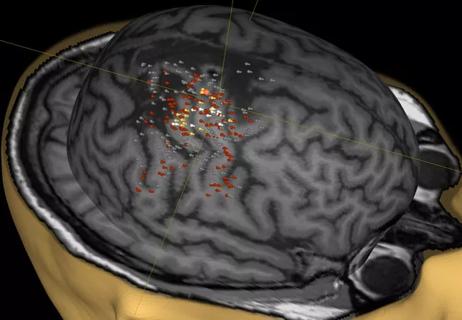
A noninvasive approach to map eloquent areas before surgery
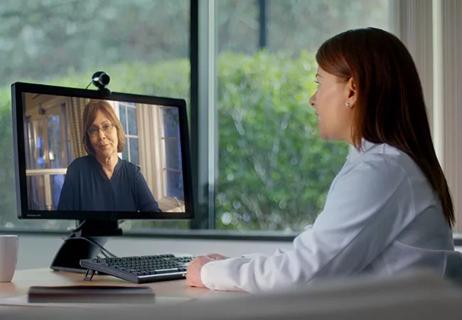
Physician reimbursement policy experts join forces with IT and coders to enable digital transformation
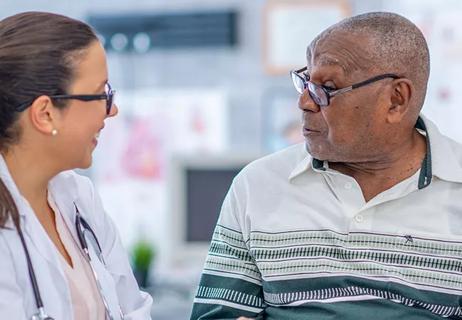
Minority Stroke Program focuses on outreach to racial and ethnic minority communities
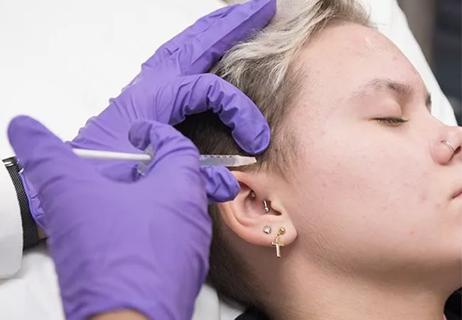
Excellent response seen with ongoing use in patients as young as 11

Q&A with a psychiatrist in Cleveland Clinic’s Transgender Surgery and Medicine Program

Time constraints, language barriers, substance misuse, mood disorders targeted for improvements
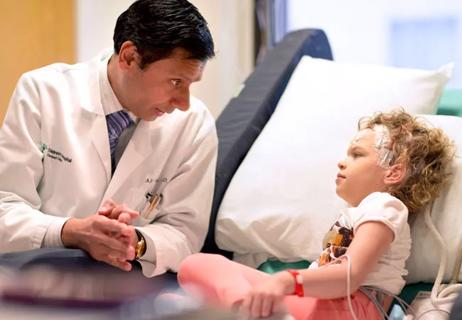
Project draws $1.6M to leverage telemedicine to create medical home, ease transition to adult care
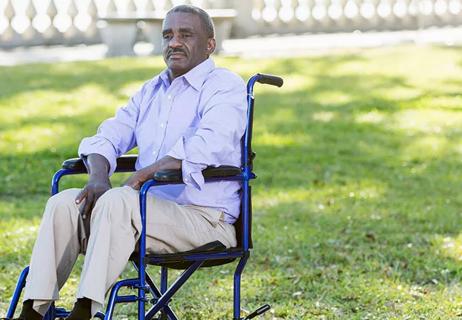
Comorbid depression is only one of the likely warning signs